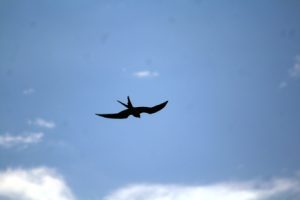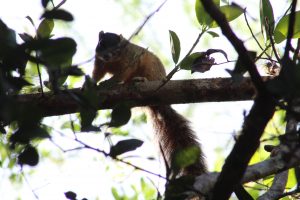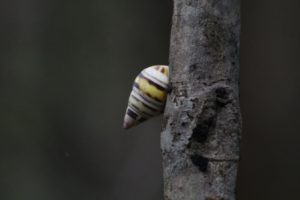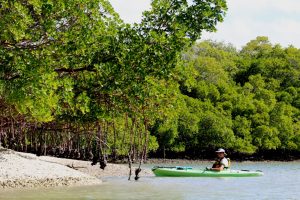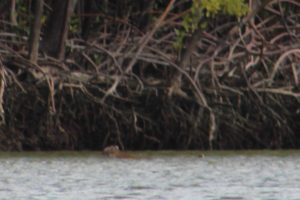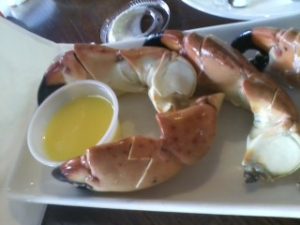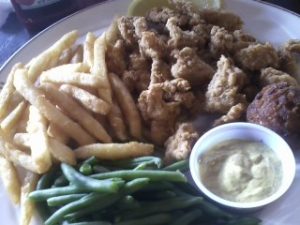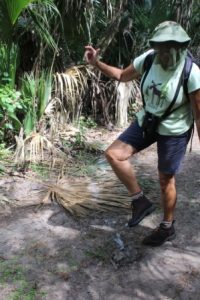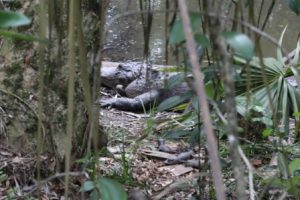From the late 1800s until the mid 1900s Florida was the cigar manufacturing capital of the world. Ybor, just outside of Tampa was the center of it all. Cuban tobacco was brought to the US and thousands of immigrants followed it. Factories sprung up by the hundreds. The business and town boomed. Labor disputes periodically rocked the industry but the death blow came when cigarettes displaced the cigar as the vice of choice. (Thanks to the cigarette companies giving cigs to the Red Cross to distribute to soldiers. Ybor is remaking itself as a tourist destination. The cigar industry museum is interesting and the dozens of chickens roaming the streets entertaining. Beyond that it is mostly bars and cigar shops.
They do have what is claimed to be the oldest and largest Spanish restaurant in the US, the Columbia. We have other plans for dinner so didn’t make that stop. I suspect it is worth a visit. Maybe another time.

